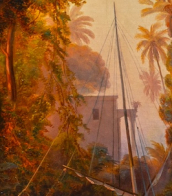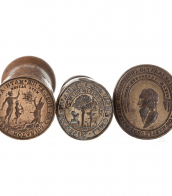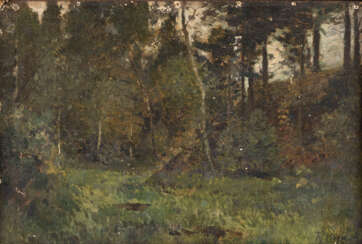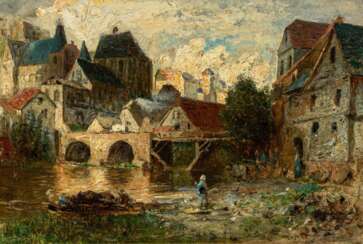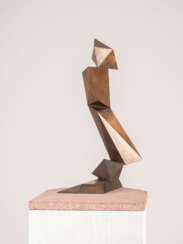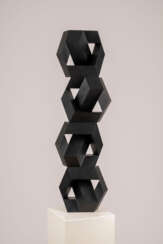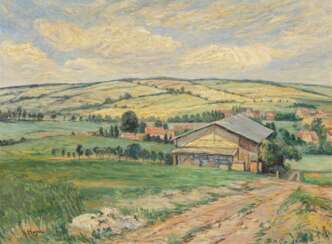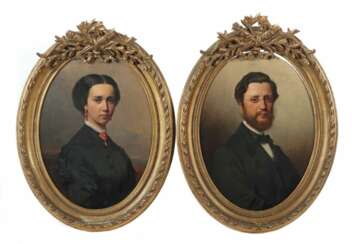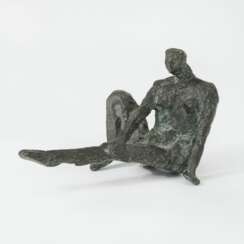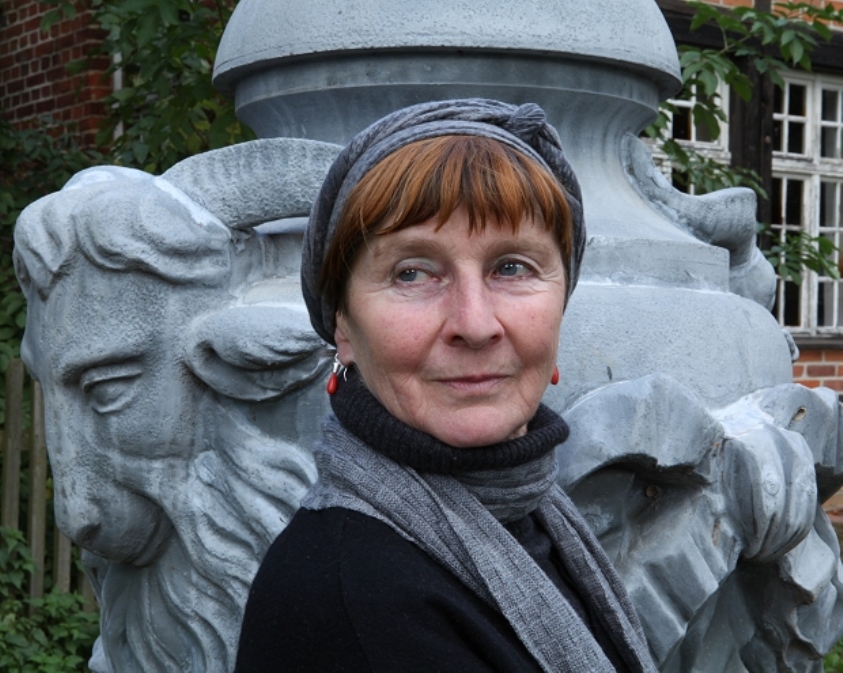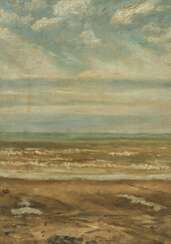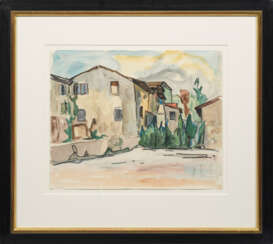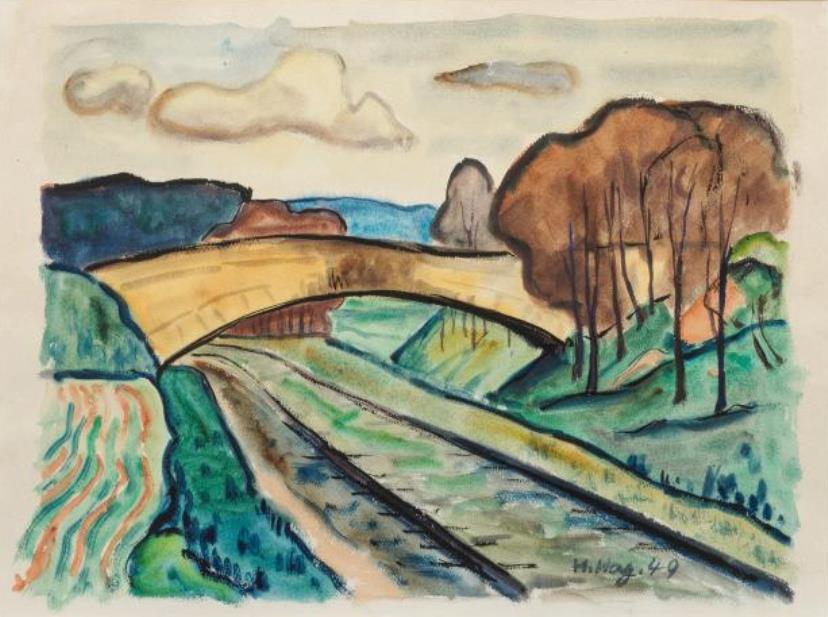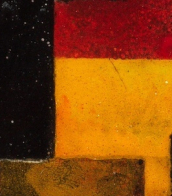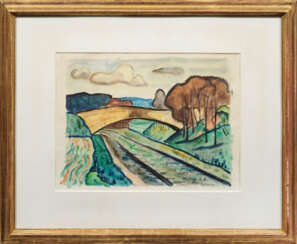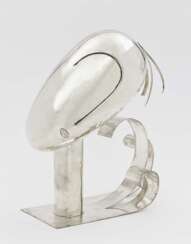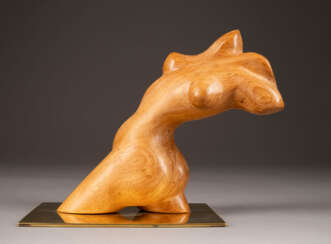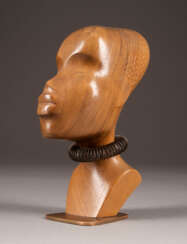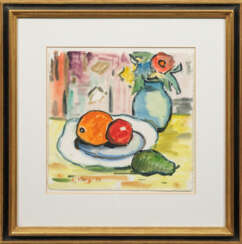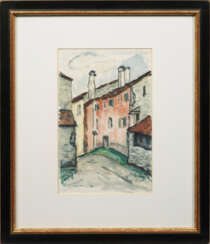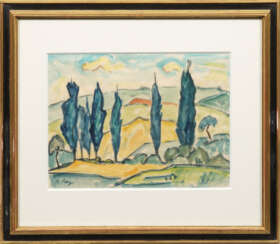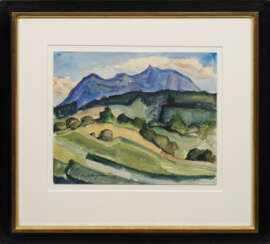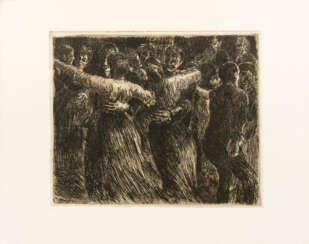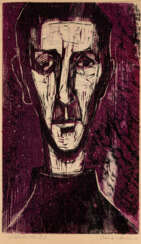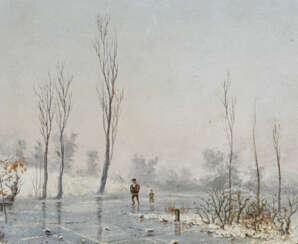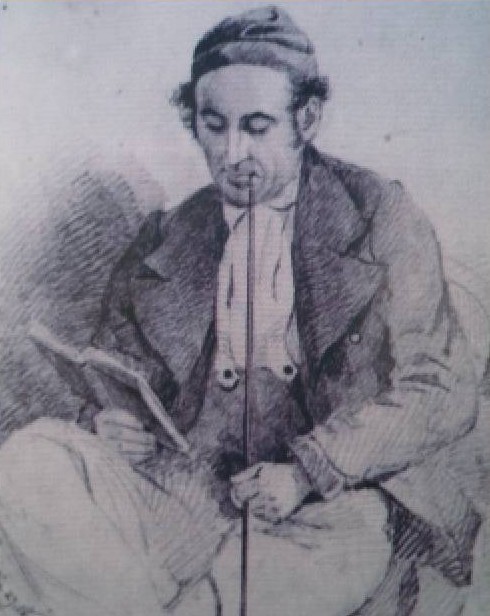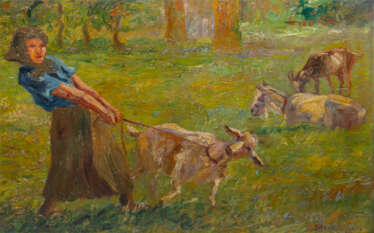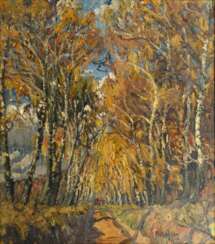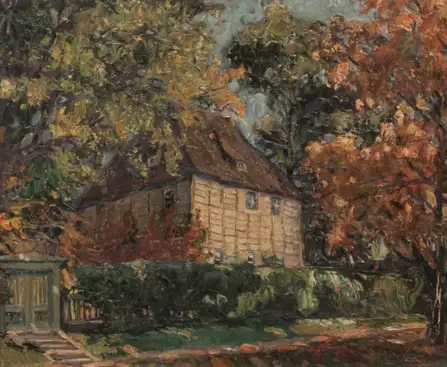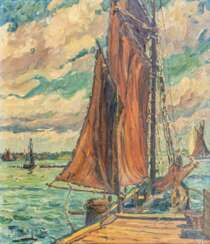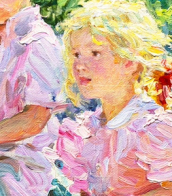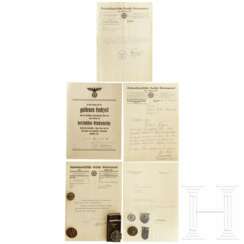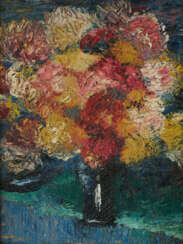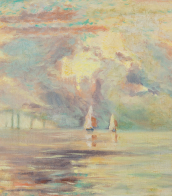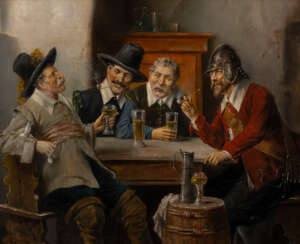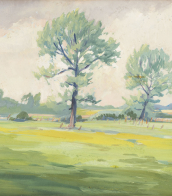hagen
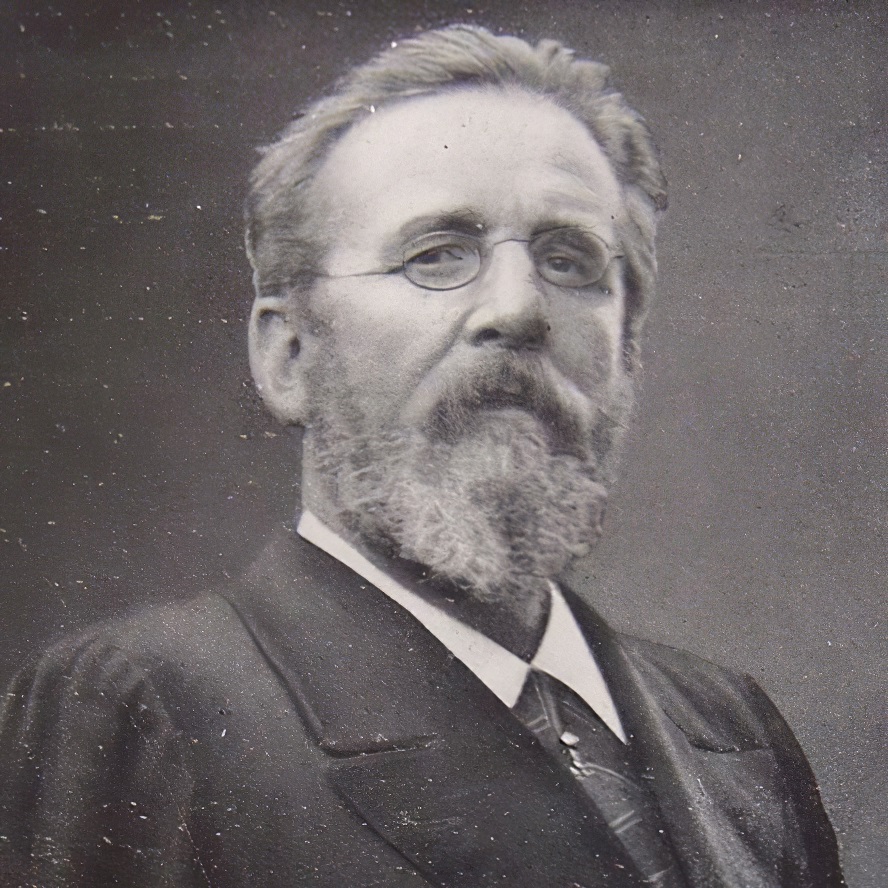
Theodor Joseph Hagen was a German painter and art teacher.
He was one of the founders of German Impressionism. After trying out several styles during his early years, he became attracted to the plein-air painting of the French Barbizon School.
From 1893, he was a member of the Munich Secession and, from 1902, the Berlin Secession.


Theodor Joseph Hagen was a German painter and art teacher.
He was one of the founders of German Impressionism. After trying out several styles during his early years, he became attracted to the plein-air painting of the French Barbizon School.
From 1893, he was a member of the Munich Secession and, from 1902, the Berlin Secession.

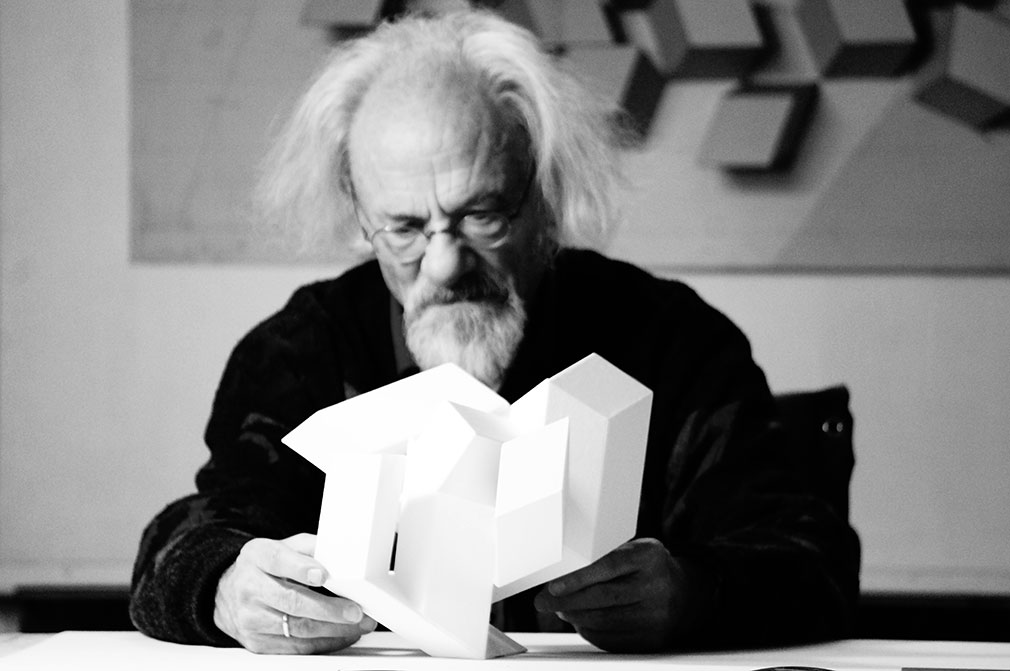
Hagen Hilderhof is one of the outstanding German constructivist sculptors of our time.
Initially his sculptures arose from intensive research into mathematical rhombohedrons, their variable basic shape and its modifications. Later he succeeded in creating a range and variety of geometric sculptures that impress not only with their precise construction and design, but also with their aesthetic beauty.
Hagen Hilderhof is a member of the Düsseldorf Secession and the Darmstadt Secession and is also a member of the Düsseldorf Artists' Association. His large-format geometric-abstract metal sculptures can be found in public spaces in Germany.


Hagen Hilderhof is one of the outstanding German constructivist sculptors of our time.
Initially his sculptures arose from intensive research into mathematical rhombohedrons, their variable basic shape and its modifications. Later he succeeded in creating a range and variety of geometric sculptures that impress not only with their precise construction and design, but also with their aesthetic beauty.
Hagen Hilderhof is a member of the Düsseldorf Secession and the Darmstadt Secession and is also a member of the Düsseldorf Artists' Association. His large-format geometric-abstract metal sculptures can be found in public spaces in Germany.


Hagen Hilderhof is one of the outstanding German constructivist sculptors of our time.
Initially his sculptures arose from intensive research into mathematical rhombohedrons, their variable basic shape and its modifications. Later he succeeded in creating a range and variety of geometric sculptures that impress not only with their precise construction and design, but also with their aesthetic beauty.
Hagen Hilderhof is a member of the Düsseldorf Secession and the Darmstadt Secession and is also a member of the Düsseldorf Artists' Association. His large-format geometric-abstract metal sculptures can be found in public spaces in Germany.


Theodor Joseph Hagen was a German painter and art teacher.
He was one of the founders of German Impressionism. After trying out several styles during his early years, he became attracted to the plein-air painting of the French Barbizon School.
From 1893, he was a member of the Munich Secession and, from 1902, the Berlin Secession.


Theodor Joseph Hagen was a German painter and art teacher.
He was one of the founders of German Impressionism. After trying out several styles during his early years, he became attracted to the plein-air painting of the French Barbizon School.
From 1893, he was a member of the Munich Secession and, from 1902, the Berlin Secession.
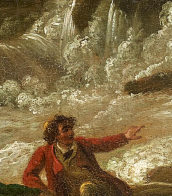

Theodor Joseph Hagen was a German painter and art teacher.
He was one of the founders of German Impressionism. After trying out several styles during his early years, he became attracted to the plein-air painting of the French Barbizon School.
From 1893, he was a member of the Munich Secession and, from 1902, the Berlin Secession.

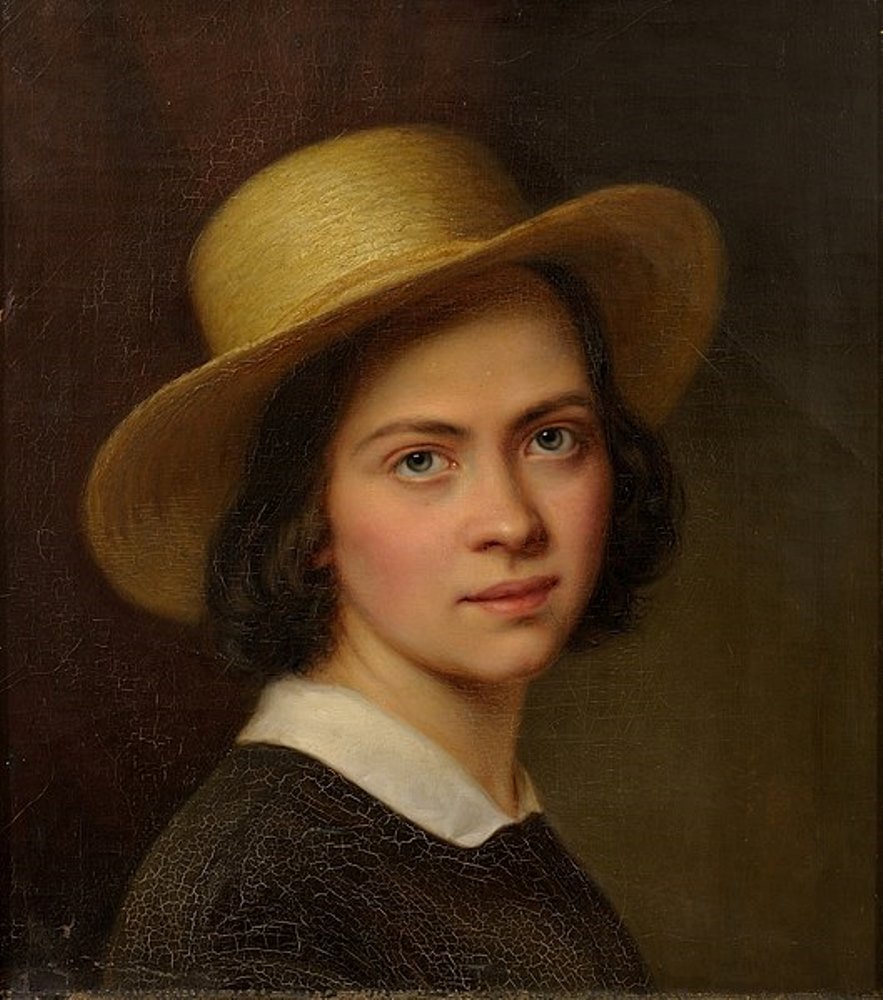
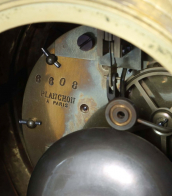

Theodor Joseph Hagen was a German painter and art teacher.
He was one of the founders of German Impressionism. After trying out several styles during his early years, he became attracted to the plein-air painting of the French Barbizon School.
From 1893, he was a member of the Munich Secession and, from 1902, the Berlin Secession.

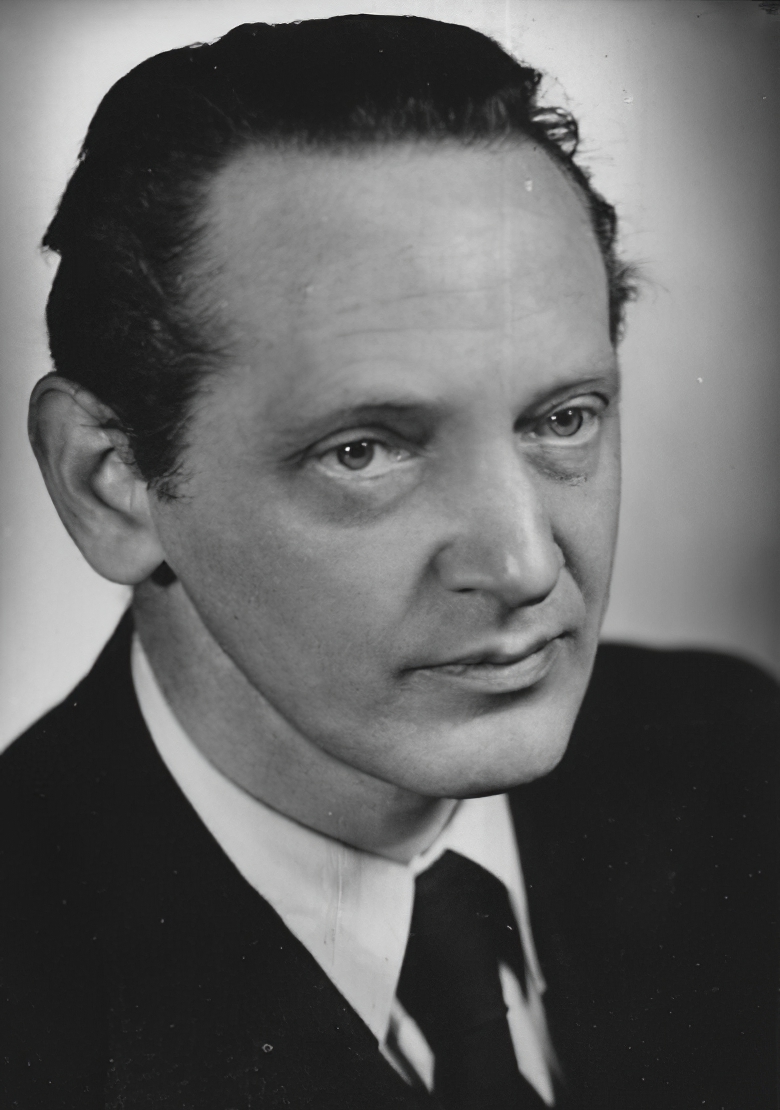
Franz Hagenauer was an Austrian artist renowned for his significant contributions to the field of sculpture and decorative arts. Hagenauer embarked on a creative journey marked by a deep exploration of form and material, leading him to become a pivotal figure in Austrian art and design. He specialized in sculptures that often depicted the human form and wildlife, utilizing sheet metals to create pieces that were not only artistic but also deeply rooted in the craftsmanship tradition.
Franz Hagenauer's journey into the world of art was nurtured through his education, which included classes in ornamental form theory and sculpture, as well as a stint in metalwork under the guidance of renowned artists and educators. By the age of 25, his talents had already earned him membership in the Vienna Secession, highlighting his early recognition in the art community. His artistic direction was further influenced by his involvement in his father's workshop, the Werkstätte Hagenauer, which he eventually led after his brother Karl's death in 1956. This period saw the workshop gain international fame for its exquisite metal objects and furniture.
Throughout his career, Franz Hagenauer's work received wide acclaim and was showcased in numerous exhibitions. His pieces, characterized by their innovative use of metal and wood, can be found in prestigious collections, including the Leopold Museum in Vienna. The museum has hosted exhibitions featuring Hagenauer's work, offering insights into his creative process and the evolution of his style over the decades.
The Werkstätte Franz Hagenauer itself played a crucial role in the development of Viennese modernist design, with Franz and his brother Karl expanding the scope of their father's workshop to explore new forms and expressions. The workshop's legacy, which Franz helped to shape, is documented in various exhibitions, underlining the lasting impact of the Hagenauer family on the design world.
For collectors and experts in art and antiques, Franz Hagenauer's creations represent a unique blend of artistic innovation and traditional craftsmanship. His works not only reflect the aesthetic movements of his time, including Jugendstil and Art Deco, but also stand as testaments to the enduring appeal of Viennese modernism.
To stay updated on new discoveries and events related to Franz Hagenauer's work, signing up for updates is an excellent way to ensure you're informed about the latest sales and auction events. This subscription will provide valuable insights and opportunities for enthusiasts and collectors alike to engage with the legacy of a remarkable artist whose work continues to inspire and captivate audiences around the world.
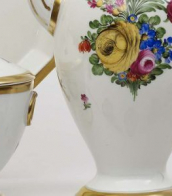

Franz Hagenauer was an Austrian artist renowned for his significant contributions to the field of sculpture and decorative arts. Hagenauer embarked on a creative journey marked by a deep exploration of form and material, leading him to become a pivotal figure in Austrian art and design. He specialized in sculptures that often depicted the human form and wildlife, utilizing sheet metals to create pieces that were not only artistic but also deeply rooted in the craftsmanship tradition.
Franz Hagenauer's journey into the world of art was nurtured through his education, which included classes in ornamental form theory and sculpture, as well as a stint in metalwork under the guidance of renowned artists and educators. By the age of 25, his talents had already earned him membership in the Vienna Secession, highlighting his early recognition in the art community. His artistic direction was further influenced by his involvement in his father's workshop, the Werkstätte Hagenauer, which he eventually led after his brother Karl's death in 1956. This period saw the workshop gain international fame for its exquisite metal objects and furniture.
Throughout his career, Franz Hagenauer's work received wide acclaim and was showcased in numerous exhibitions. His pieces, characterized by their innovative use of metal and wood, can be found in prestigious collections, including the Leopold Museum in Vienna. The museum has hosted exhibitions featuring Hagenauer's work, offering insights into his creative process and the evolution of his style over the decades.
The Werkstätte Franz Hagenauer itself played a crucial role in the development of Viennese modernist design, with Franz and his brother Karl expanding the scope of their father's workshop to explore new forms and expressions. The workshop's legacy, which Franz helped to shape, is documented in various exhibitions, underlining the lasting impact of the Hagenauer family on the design world.
For collectors and experts in art and antiques, Franz Hagenauer's creations represent a unique blend of artistic innovation and traditional craftsmanship. His works not only reflect the aesthetic movements of his time, including Jugendstil and Art Deco, but also stand as testaments to the enduring appeal of Viennese modernism.
To stay updated on new discoveries and events related to Franz Hagenauer's work, signing up for updates is an excellent way to ensure you're informed about the latest sales and auction events. This subscription will provide valuable insights and opportunities for enthusiasts and collectors alike to engage with the legacy of a remarkable artist whose work continues to inspire and captivate audiences around the world.


Franz Hagenauer was an Austrian artist renowned for his significant contributions to the field of sculpture and decorative arts. Hagenauer embarked on a creative journey marked by a deep exploration of form and material, leading him to become a pivotal figure in Austrian art and design. He specialized in sculptures that often depicted the human form and wildlife, utilizing sheet metals to create pieces that were not only artistic but also deeply rooted in the craftsmanship tradition.
Franz Hagenauer's journey into the world of art was nurtured through his education, which included classes in ornamental form theory and sculpture, as well as a stint in metalwork under the guidance of renowned artists and educators. By the age of 25, his talents had already earned him membership in the Vienna Secession, highlighting his early recognition in the art community. His artistic direction was further influenced by his involvement in his father's workshop, the Werkstätte Hagenauer, which he eventually led after his brother Karl's death in 1956. This period saw the workshop gain international fame for its exquisite metal objects and furniture.
Throughout his career, Franz Hagenauer's work received wide acclaim and was showcased in numerous exhibitions. His pieces, characterized by their innovative use of metal and wood, can be found in prestigious collections, including the Leopold Museum in Vienna. The museum has hosted exhibitions featuring Hagenauer's work, offering insights into his creative process and the evolution of his style over the decades.
The Werkstätte Franz Hagenauer itself played a crucial role in the development of Viennese modernist design, with Franz and his brother Karl expanding the scope of their father's workshop to explore new forms and expressions. The workshop's legacy, which Franz helped to shape, is documented in various exhibitions, underlining the lasting impact of the Hagenauer family on the design world.
For collectors and experts in art and antiques, Franz Hagenauer's creations represent a unique blend of artistic innovation and traditional craftsmanship. His works not only reflect the aesthetic movements of his time, including Jugendstil and Art Deco, but also stand as testaments to the enduring appeal of Viennese modernism.
To stay updated on new discoveries and events related to Franz Hagenauer's work, signing up for updates is an excellent way to ensure you're informed about the latest sales and auction events. This subscription will provide valuable insights and opportunities for enthusiasts and collectors alike to engage with the legacy of a remarkable artist whose work continues to inspire and captivate audiences around the world.


Heinrich Steinhagen, full name Heinrich August Friedrich Johannes Steinhagen, was a German painter, graphic artist and sculptor.
Heinrich began as a self-taught painter with paintings and miniatures in Impressionist and Expressionist styles. He also worked with elements of Cubism and Dadaism and eventually arrived at simplistic monumentality. Steinhagen was a co-founder of the Hamburg Secession and a member of the Hamburg Artists' Association. In 1937, Steinhagen, like many other artists, was persecuted during the Nazi campaign and spent several months in a concentration camp in 1944. This undermined his health and in 1948 he died of lung cancer.
Heinrich Steinhagen's creative legacy amounted to about a thousand works: oil paintings, pen and ink drawings, etchings, watercolors, woodcuts and sculptures in glazed clay, stone and wood.

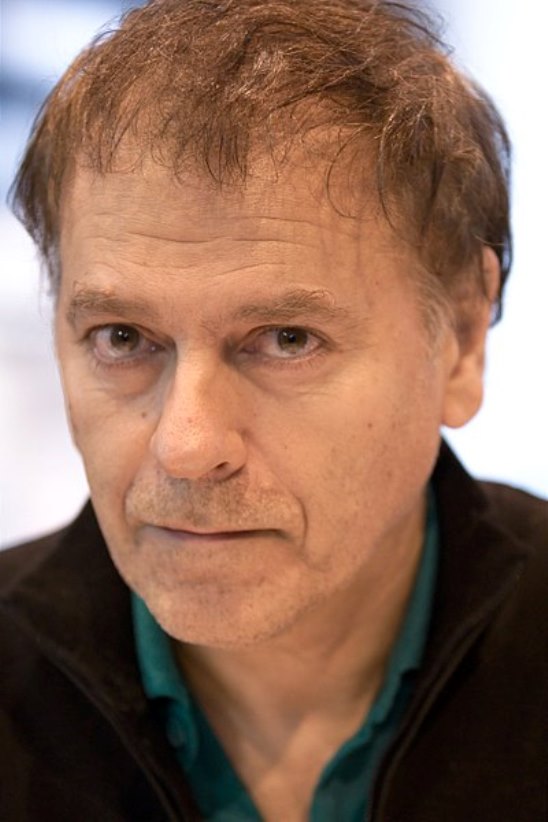


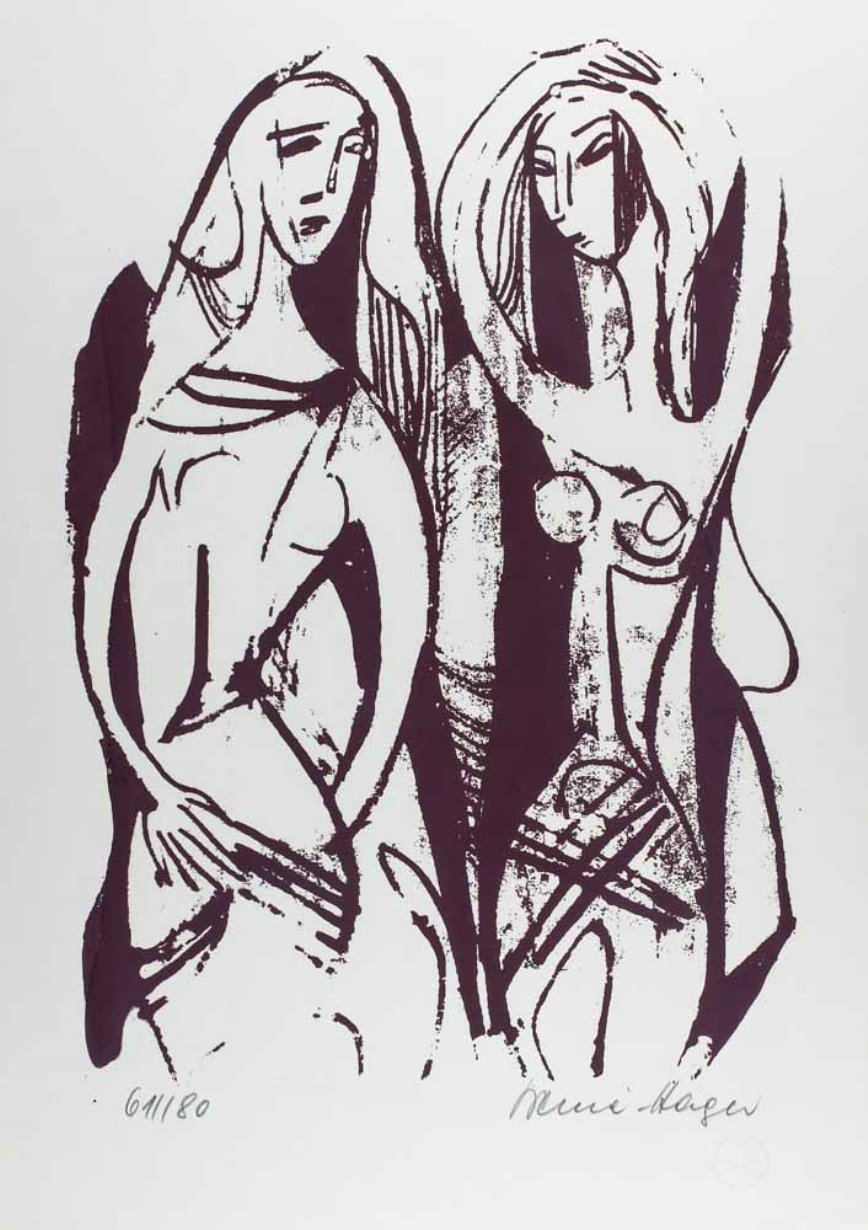
Maria Beine-Hager was a German artist and graphic artist.
She was brought up in a convent, was widowed early and later worked as a Red Cross nurse before beginning her artistic education in postwar Germany under Soviet academy professor Leonid Bordyuk and graphic artist Norbert Hochsiedler. Beine-Hager subsequently attended the Oskar Kokoschka International Summer Academy in Salzburg and established herself as a thoughtful graphic artist and painter at exhibitions at home and abroad.
Maria Beine-Hager's art has both strong religious and political undertones.


Heinrich Steinhagen, full name Heinrich August Friedrich Johannes Steinhagen, was a German painter, graphic artist and sculptor.
Heinrich began as a self-taught painter with paintings and miniatures in Impressionist and Expressionist styles. He also worked with elements of Cubism and Dadaism and eventually arrived at simplistic monumentality. Steinhagen was a co-founder of the Hamburg Secession and a member of the Hamburg Artists' Association. In 1937, Steinhagen, like many other artists, was persecuted during the Nazi campaign and spent several months in a concentration camp in 1944. This undermined his health and in 1948 he died of lung cancer.
Heinrich Steinhagen's creative legacy amounted to about a thousand works: oil paintings, pen and ink drawings, etchings, watercolors, woodcuts and sculptures in glazed clay, stone and wood.
